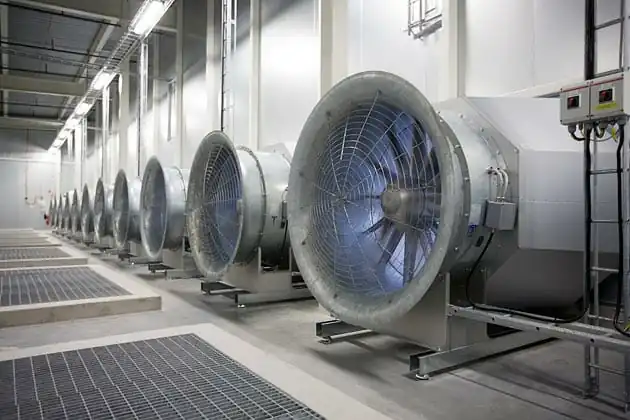How the Best Practices of Data Center Cooling are Continuously Evolving8 min read

There will be more traffic flowing through your data center than ever before. Wearable technologies, the Internet of Everything, and the now very mobile user are all demanding more resources from data center platforms. Take a look back just a few years ago when cooling solutions were a bit more static, less integrate and simply focused on cooling your data center equipment.
The modern cooling platform is so much more than that. It helps optimize your servers, it helps recycle your air to heat your offices, it helps create the truly greener data center, and it now helps you make intelligent decisions around your cooling needs.
This is where the science of cooling is truly beginning to evolve. Consider a recent 2014 report on ways to save energy from the National Renewable Energy Laboratory (NREL). Their studies show that data centers are clearly energy intensive facilities.
- 10-100x more energy intensive than an office
- Server racks well in excess of 30 kW
- Surging demand for data storage
- EPA estimate: 3% of U.S. electricity
So what are some ways cooling has evolved to support these needs? As the report goes on to discuss – the options are numerous. Why? Because there are more use-cases and unique data center solutions. Big takeaways around cooling evolution include the following tips:
1. Reduce the IT load – Virtualization & Consolidation (up to 80% reduction).
2. Implement contained hot aisle and cold aisle layout. Curtains, equipment configuration, blank panels, cable entrance/exit ports, and so on.
3. Install economizer (air or water) and evaporative cooling (direct or indirect). Note, ASHRAE 90.1 2011 requires economizer in most data centers.
4. Raise discharge air temperature. Install VFD’s on all computer room air conditioning (CRAC) fans (if used) and network the controls.
5. Reuse data center waste heat if possible. Options include heating office space or warehouse locations.
6. Raise the chilled water (if used) set-point. Consider this, increasing chiller water temperature by 1°F reduces chiller energy use by 1.4%.
7. Install high efficiency equipment including UPS, power supplies, etc.
8. Move chilled water as close to server as possible (direct liquid cooling).
9. Consider centralized high efficiency water cooled chiller plant.
Now is a great time to take a look at your data center platform and the business functions it’s supporting. For large business and enterprise data centers – the need to expand quickly will absolutely continue to present itself. All of this means more density and requirements from your cooling platform. Remember, one of the best ways to maintain a proactive cooling platform is through continuous testing and monitoring. DCIM is a great way to monitor and optimize data center utilization. In fact, advanced computational fluid dynamic (CFD) analysis tools now allow you to cover and monitor every inch of your data center.
Another great way to keep up with the evolution of cooling is to continuously conduct cooling surveys. Monitor the growth and density of your servers, gauge user growth and utilization, and forecast where cooling requirements will change. The pace of your business is directly tied to the capabilities of your data center. Moving forward, make sure to think outside the box when it comes to cooling your data center platform.
- Always monitor your PUE values through intelligent dashboards providing instantaneous, seasonal and cumulative data sets.
- Save wasted fan energy and use it for cooling computing.
- Look at liquid cooling solutions for better waste heat re-use options.
Remember, the science around cooling is both policy and technology driven. That means new solutions can help you optimize your data center cooling environment. Furthermore, new best practices are continuously allowing you to push the boundaries towards complete data center efficiency.

Airflow Management Awareness Month
Free Informative webinars every Tuesday in June.
0 Comments